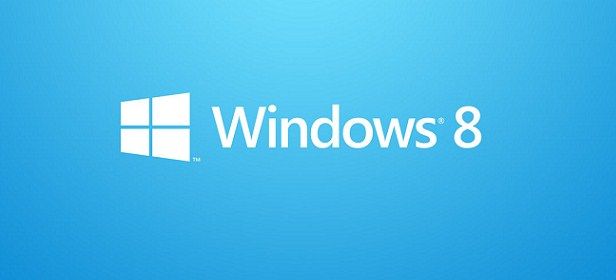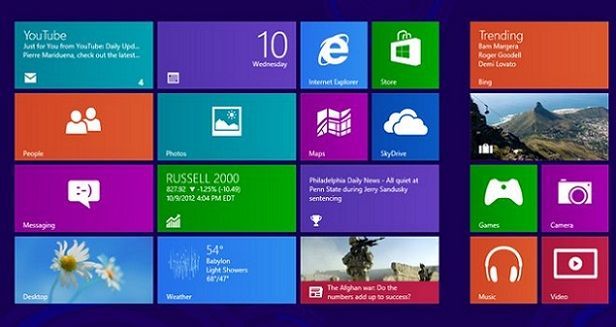In the technology world, there are very few people that prefer the new to the old. Fear of change and the unknown is part of human nature, and Windows 8 seems to be the perfect example of this. Many are talking about what the release of this new operating system means for Microsoft. Windows 8 was released in October of 2012, and although it is too early to evaluate the repercussions, there are enough information and opinions for us to draw some conclusions.

When Windows 8 was released, there was an enormous amount of license activations, surely because many wanted to take advantage of the deal that Microsoft was offering for users to upgrade to Windows 8 from 7 for just $15. Immediately afterwards, sales of the new operating system came to a standstill according to some sources, although Microsoft just published its sales report: 60 million licences have been sold between the copies that come by default on new computers, and those sold independently as an update or complete version. This data doesn’t seem to align with the general impression of being a “failure,” which many critics have called it, especially when compared to the launch of Windows Vista, one of the worst editions ever released.
Now is also when users that have dared to switch to Windows 8 come out in its defense, highlighting the benefits of the new operating system when it comes to speed, stability, boot time, and performance, describing it even as an improved Windows 7. As we mentioned at the beginning, it seems as though those who don’t like Windows 8 don’t know how to adapt to new technology, although there are may be many reasons for their concerns.
There’s no doubt that the Modern UI interface is what causes the majority of user resistance because of the enormous amount of differences in its usability when compared to its predecessors. It’s true that ever since Windows 95 – released over 13 years ago – we have been accustomed to working with the Start menu, which disappeared in this latest version. But the problem goes beyond whether or not this utility that provides access to all the programs is present or not. Windows 8 is an operating system designed for tablets, and works best on desktop computers as a center for leisure, which is the heart of the issue.

If you want to use Windows 8 for work, that is, to program, design, etc., using lots of programs, continuously opening and closing them, this interface isn’t practical. It’s true that you can return to the desktop mode, and even bring back the Start menu on Windows 8, but even still, having to constantly switch between one interface and another is inconvenient.
Many feel that Microsoft should have left the Metro interface, which is designed for touchscreens and tablets, just as an option on desktop computers, and not as the default configuration. Likewise, it is also inconvenient that the Windows RT version incorporated in machines with an ARM processor doesn’t have the traditional desktop. Perhaps this is the reason why people are already working on programs to get rid of this problem with a type of “jailbreak,” which would allow you to run desktop applications.
Interestingly, tablets – especially the Surface – could be the saving grace for Windows 8, as it is expected that there will be a great demand in 2013 for devices that run Windows RT. This isn’t so much so that they can use Windows on a mobile device, but because it is a competitor to the other two giants of the sector – Apple with the iPad line, and Android with its ever prevailing operating system. Interestingly enough, the market will belong to whoever can get as many users to drift towards Windows 8 as possible.









[…] the reservations that some have about Microsoft’s new operating system, there are many who have updated their computers. Perhaps […]